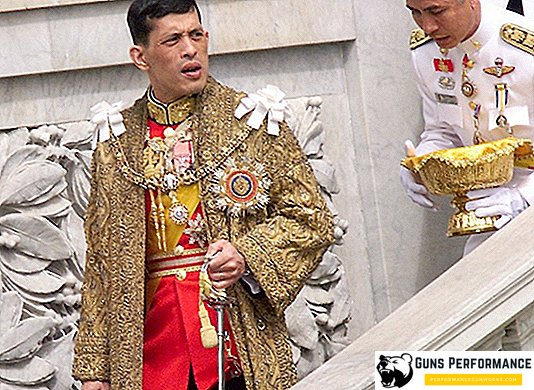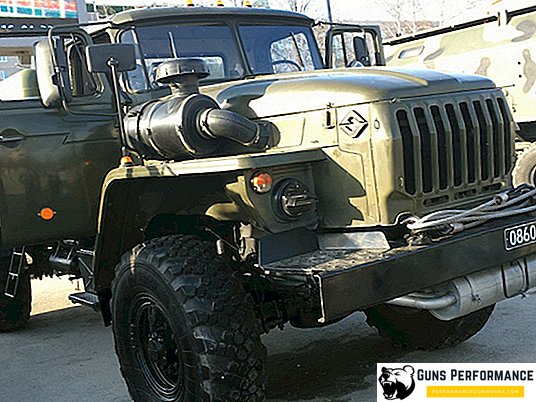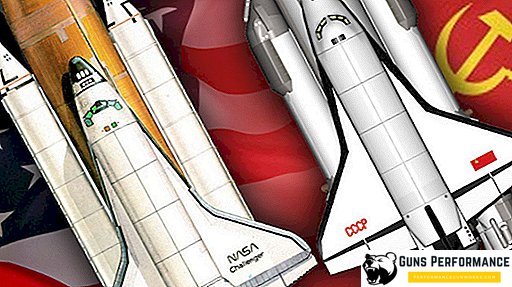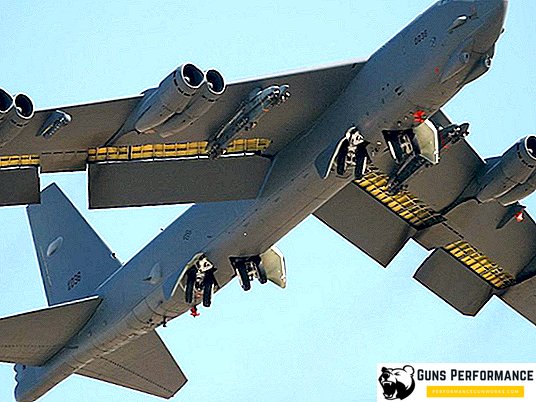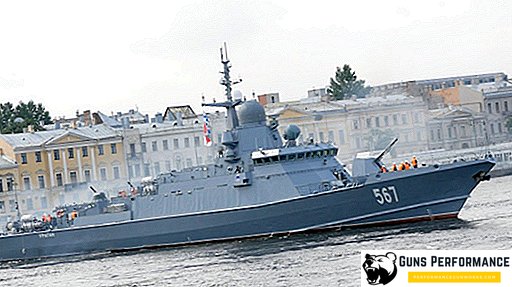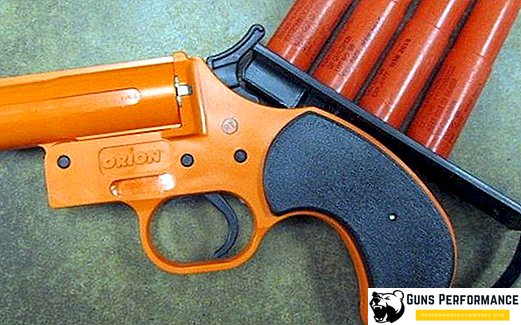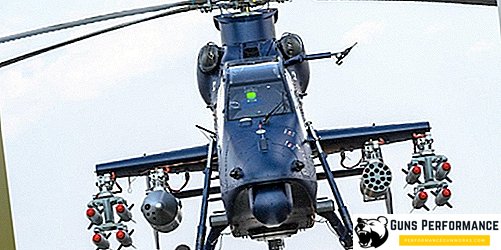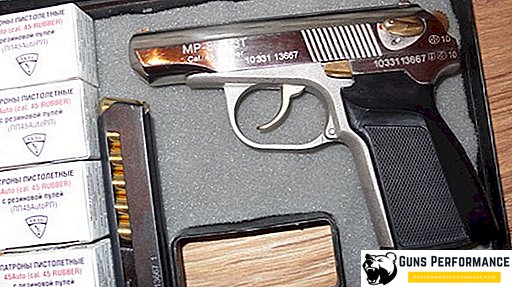Tank T-34 76 is considered to be one of the best tanks of the Second World War, which absorbed all the best qualities of these combat vehicles. He was recognized as the best for his time, not only by the Soviet military, but even by their opponents, who directly encountered this tank in combat conditions.
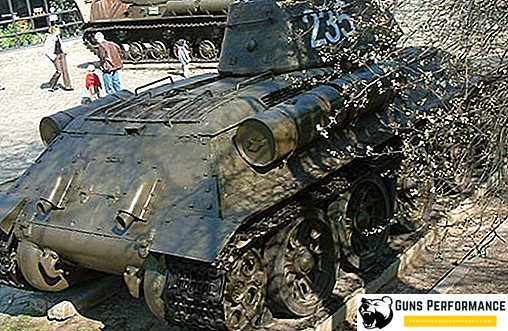
From the history of the T-34 tank
The German tankers in the forty-first year could not oppose the T-34 76 with its excellent armor and serious firepower. In addition to the optimal characteristics for wartime, the tank was distinguished by its rather simple design, high adaptability and adaptability to combat in various conditions. The tank was easily repaired in the field, which undoubtedly became its great advantage. Before the Tigers, Panthers and Ferdinands were in service with Germany, the Soviet T-34 was a deadly threat to the Germans. T-34 entered the hardest fights and often left them the winner.

Development T-34 76
Designed and assembled T-34 in the design office of the Kharkov Locomotive Plant. Not only the famous design bureau M.I. Koshkin, also participated in the design office of Adolph Dick. A technical project in this office was prepared a month late, which is why A. Dick was arrested. As a result, only M. Koshkin became responsible for the project. In the course of the work, the designers created two variants of tank propulsion: wheel-tracked and tracked, in the end they gave preference to the second. In March 1940, two samples of a new tank were delivered to Ivanovskaya Square of the Kremlin to demonstrate it to the military commission and the government. It is worth noting that for this new combat vehicles under their own power have overcome as much as 750 kilometers from Kharkov and to Moscow, moving off-road, and thus showing excellent maneuverability. In late March, Soviet industry began to produce tanks.
By the beginning of World War II, the T-34 tank was the best machine in the world, mobile, uncomplicated to manufacture, with anti-missile armor and a powerful 76 mm cannon capable of penetrating any German tank of the forty-first year. The 37mm German guns were practically powerless against the T-34. Since 1941, the Panzer III was launched for the Wehrmacht, most of which were equipped with a 50 mm cannon, which was already more effective against T 34 armor. The T-34 could penetrate the armor of the early modifications of the Panzer III from two thousand meters. Later, there were modifications of the Panzer with 60 and 50 millimeters of armor, but its T-34 punched armor-piercing shells from a distance of one and a half thousand meters. Even the later and fortified models of the Panzer III Ausf.M and Ausf.L with 70-mm armor could be punched by the T-34 from a distance of five hundred meters.

It should be noted and 45 mm armor T-34, which, due to its inclined design, often provoked ricochets during shelling from long distances, which greatly hampered the fight with this tank. But the T-34 had its drawbacks - a poor view and a not very reliable transmission. In addition, the fighting compartment was quite close and greatly constrained the work of the crew.
Tank unit
First about the T-34 76 in general:
- The combat weight of the tank was more than thirty tons;
- The gun - L 11 and F 34 caliber 76.2 mm;
- Engine power - 500 horsepower;
- The maximum speed is 55 kilometers per hour;
- Crew - four people;
- It was released about 20,000 pieces.

Housing
In 1940, the T-34 hull was made from rolled armor plates. In front of the frontal sheet is the driver's hatch with a hinged lid. Further, in the upper part of the hatch cover, a central viewing device for the driver is installed, and on the left and right - side viewing devices installed at an angle of sixty degrees to the longitudinal axis of the vehicle. On the right is the embrasure of the course machine gun in a ball bearing. The machine gun has no machine gun. The rear inclined body sheet is removable and is attached to the bead sheets with bolts. It has a rectangular hatch for access to the transmission compartment. On the side of the hatch there are two oval holes with exhaust pipes protected by armored caps.

Tower
The tank tower is welded, cone-shaped, of rolled armor plates. The roof of the tower had a common hatch for the crew members. On the hatch is mounted viewing device For a circular view. In front of the hatch on the left side there was a PT-6 periscope sight, and on the right - a ventilation hatch.

Cannons
The tank was originally installed gun model L-11, 76.2 millimeters with a barrel length of 30.5 caliber. She had a number of drawbacks, because soon she was replaced by a more successful F-32 gun. After some time, the design bureau developed a modification of this tool, which seriously surpassed the previous version. The gun was called the F-34, the length of its barrel increased to 41 caliber, which significantly raised the penetrating power of the gun. There was a DT machine gun of 7.62 mm caliber coupled with a cannon, and a TOD-6 telescopic sight was used for direct gun attachment.

Chassis
The tank had five pairs of large-diameter road wheels. The guide and track rollers were rubber-coated, and the track chain was a fine-grained one of thirty-seven flat and thirty-seven ridge tracks. Outside each truck had grouser spurs. In the stern of the hull two spare trucks and two jacks were attached. Four pairs of rollers on board had an individual spring suspension, the springs were placed at an angle and were welded to the sides in the case.

Engine
In the T-34 76 tank, the V-2 diesel engine was installed - it is a high-speed, water-cooled, uncompressed engine with jet spray of fuel and operating capacity of 500 horsepower, with a speed of up to forty-seven kilometers per hour.



